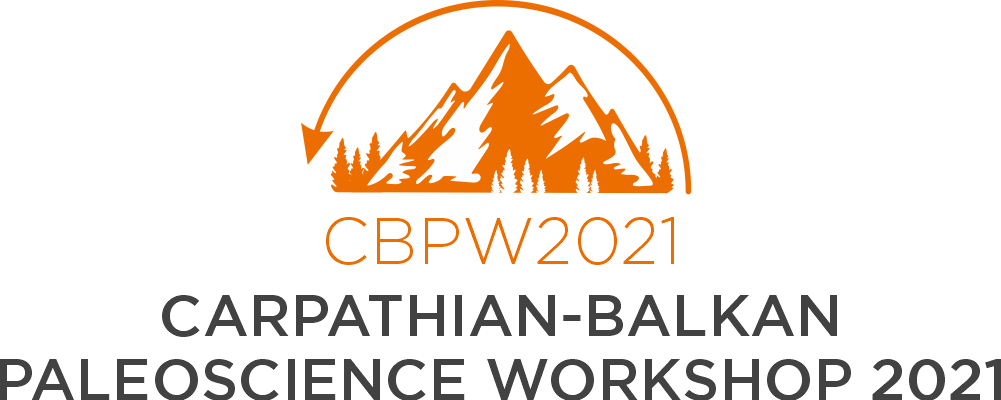Deciphering recent climatic and environmental changes from a short-term sediment record
Main Article Content
Abstract
Here, we present the multi-proxy results of a short-core from Ighiel, a mid-altitude lacustrine record in the Carpathian Mountains with the aim to identify the main drivers of change (natural vs anthropogenic) and evaluate their impacts on the catchment and lake ecosystem over the past century. To answer this aim, a multi-proxy approach was developed including high-resolution sedimentological, geochemical, environmental magnetic, diatom analysis and cartographic evidence. In the interval spanning between 1920 and 1960, the correspondence between sediment signatures and climate variables like temperature, NAO shows that sedimentation regime during this interval is mainly controlled by hydroclimate variability. Starting with 1960 the depositional regime underwent a marked change expressed as a shift from laminated to homogenous sediments accompanied by increase in erosion and a shift in lake ecosystem (diatom community). These changes denote a strong response of the lacustrine system to human activities mainly forestry and fishery which increased during this period. Over the last three decades, forest loss continued, and grazing intensified, significantly imprinting an abrupt, sharp and unprecedented changes in diatom assemblages and sedimentation which suggest a highly human-impacted landscape driving ecological changes.


